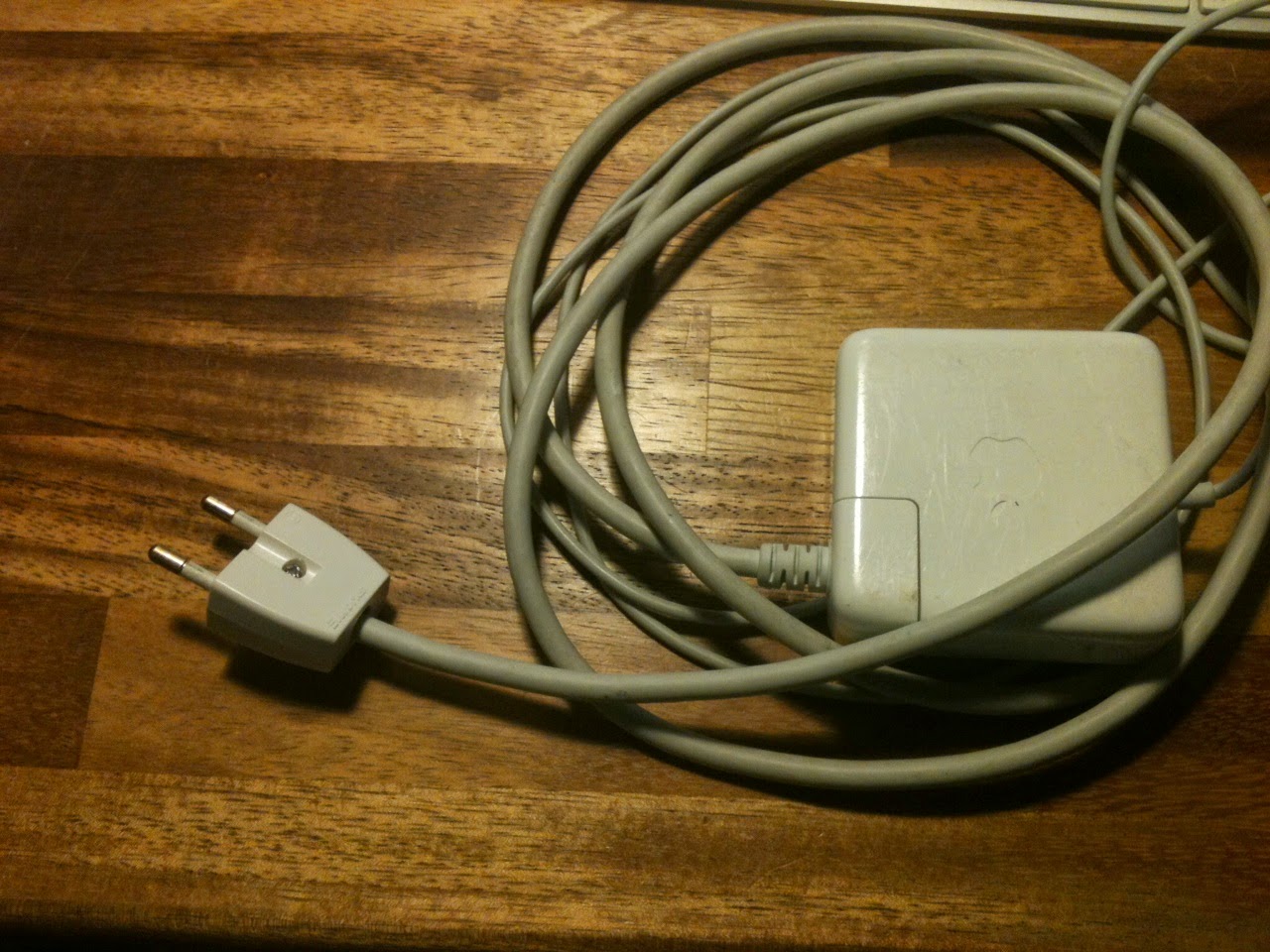Got really lucky this time!
As my (still small) collection of synthesizers is starting to grow, I found myself in need of some line mixing capabilities. So I started searching the used marked for a rack mountable line mixer, preferably of good quality, fair price and same age as the synthesizers.
And all of a sudden, there it is! Someone is giving away not only one, but two Roland line mixers for free! The M-12E is a 12 channel mixer with two band eq, aux bus, effect send and balanced outputs. The M120 is a bit smaller, with only basic mixing functions, taking up just one rack unit.
The ad said that both mixers were noisy and in need of some tender love and care. Obviously, since they were free, I was up for the challenge, despite my somewhat limited electronics skills… I picked up the units and opened them up on my desk. The M-12E had noisy pots, so I cleaned them up with contact spray and put the unit back together. Now it's all good and working perfectly in my rack!
 |
| Roland M-12E |
 |
| Roland M-120 |
The M-120 is a different story… When I turned it on and tested, 5 out of 12 channels were dead. I opened up the unit and found that some traces on the board had been cut. Maybe to silence the dead channels completely, who knows… I repaired the traces with some wire and tested the unit again. This time two channels came back to life, so I wonder why they were cut from the circuit… That leaves me with 3 dead channels that only output noise. I suspect dead op amps, but it's just a guess, since i don't have the knowledge or equipment to test the op amps. At some point I will try replacing the op amps on the dead channels and see if it will resurrect them. I'll post an update when I get back to that project at some point. I'm not in a hurry right now, since I still have two free inputs on the M-12E :-)
At some point it would be nice though to get the M-120 fixed. I believe the M-12E has an extra input bus used for expansion, that can be connected to the M-120 resulting in an expansion by 12 channels.
Here is a picture of the partly faulty/fixed (depends on how You see it!) M-120 board:
 |
| Roland M-120 line mixer in it's current state... |
 |
| Traces cut and repaired with yellow wire |
If you have any word of wisdom about faulty op amps or other components that can be the cause of dead mixer channels, then please let me know!
Small update!
Just ordered some op amps from eBay. Will post an update when they arrive and I get around to testing if that is the problem...
Update
Finally got around to changing the op-amps, and that was indeed the problem on all three faulty channels. Now all 12 channels are fully functional!
In addintion I removed the ugly yellow wires and repaired the broken traces with solder. A much neater solution.
Upon further inspection, I found the the headphone output is also faulty with lots of noise... I only ordered three op-amps on ebay last time, so now I have ordered some more, hoping that that this is also the culprit in this situation. There are two different types of op-amps near the Headphone jack, so it will be trial and error again! At the moment my only method is cutting of the suspected op-amp and then desoldering the pins individually. Then fitting the new component, leaving the old one useless... Well, they don't cost much on ebay...
Another Update!
Solved the last issue, the noisy headphones output, on the M-120. As it turned out, after replacing additional six op-amps of two different types, that was not the problem in this case... Well, with three dead op-amps out of 12 channels I guess there is no harm done in changing some op-amps. I suppose they will live longer than the old ones...
Instead i googled the problem (which I probably should have done in the first place...) and found that the headphones out on the M-120 is born noisy and very loud! I then figured that if I could make the output quiter then I would probably loose some of the noise. So after experimenting I found two spots (left and right channels) that would benefit from adding a resistor. Actually I just added a resistor to those resistors already present at the particular spot. I put a 10 ohm resistor between the short legs of R7 and R8 and one between the long legs of R9 and R10.
And bingo!! The noise is almost completely gone, while the output is still loud and clear!

















